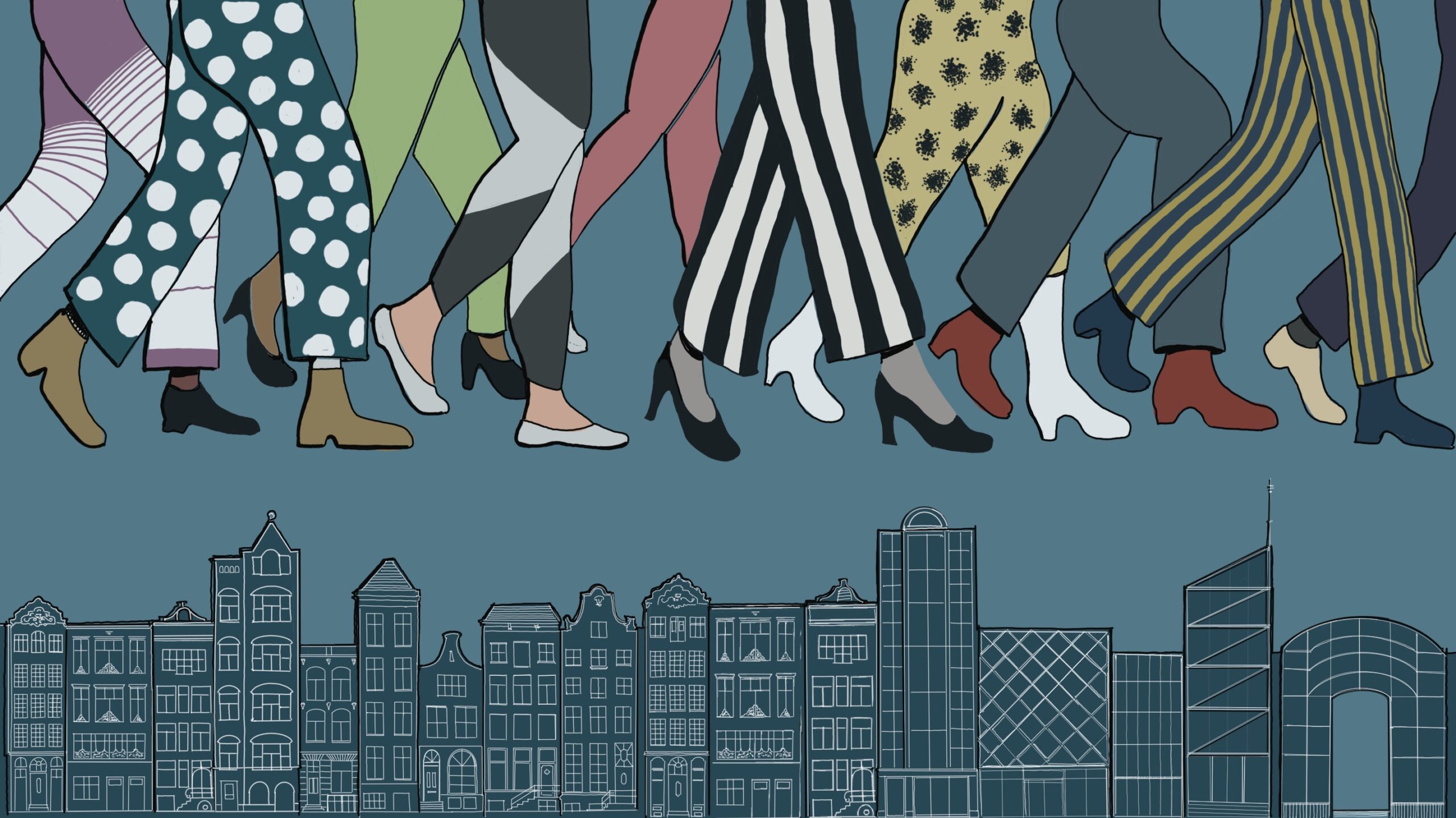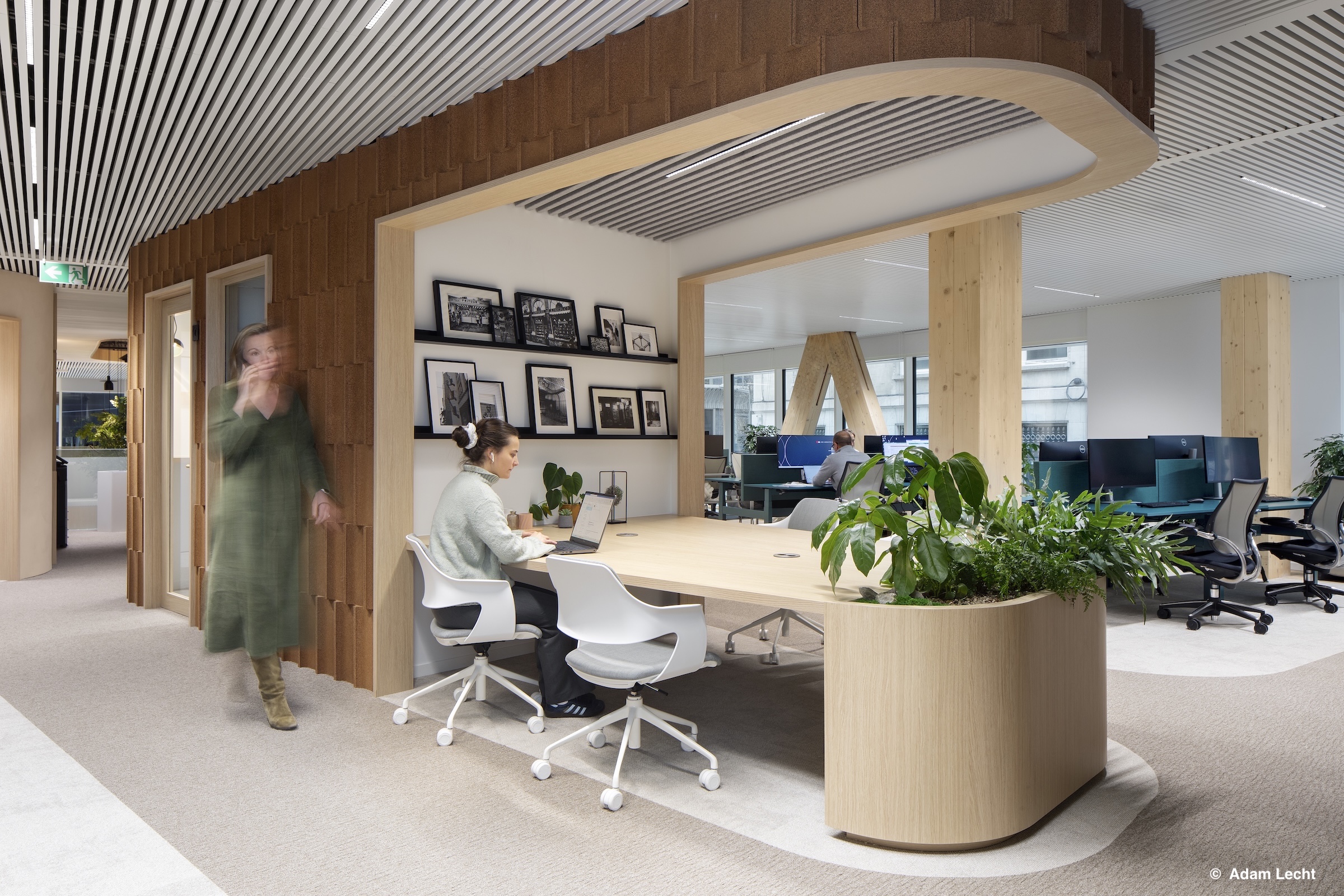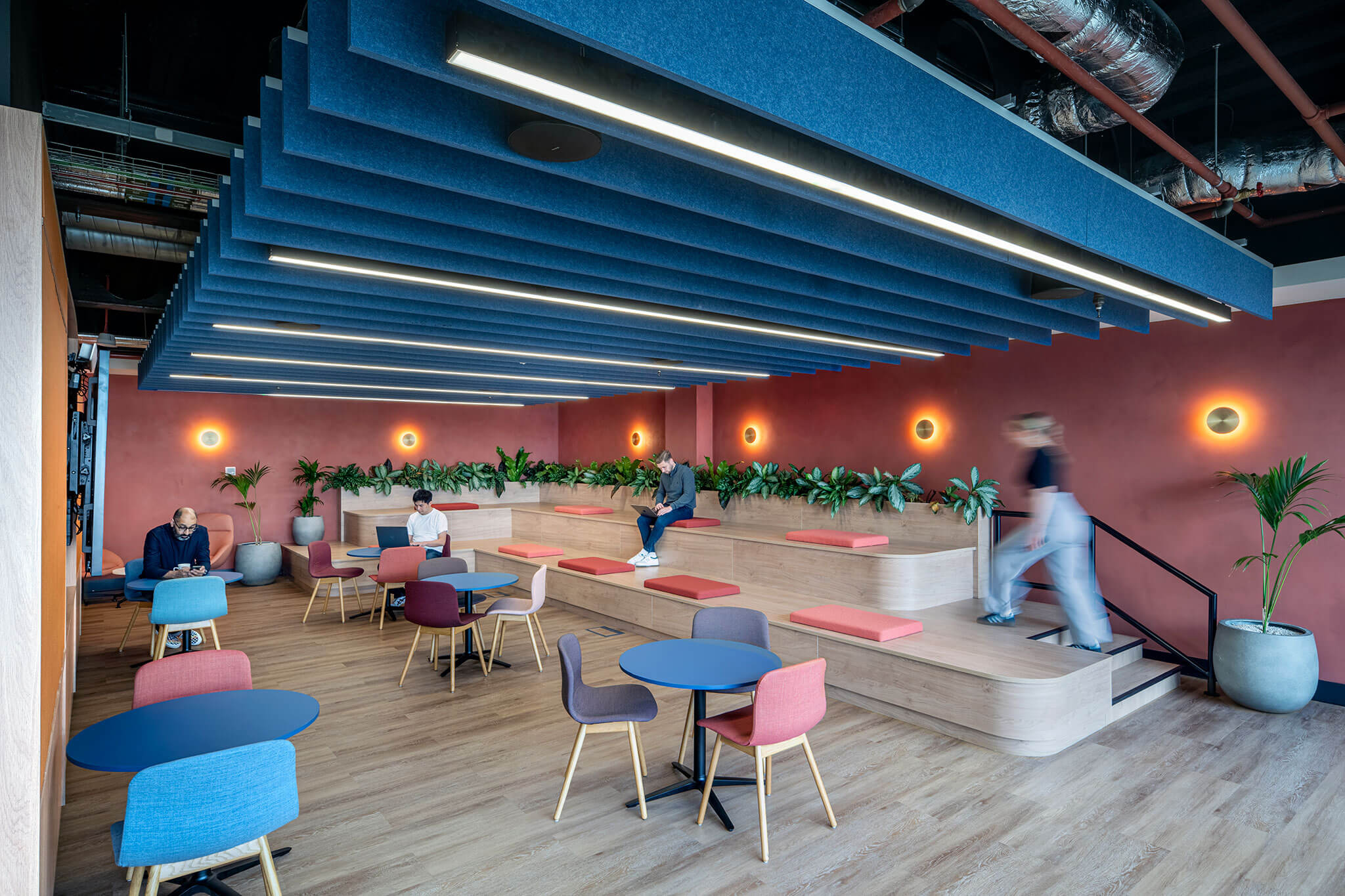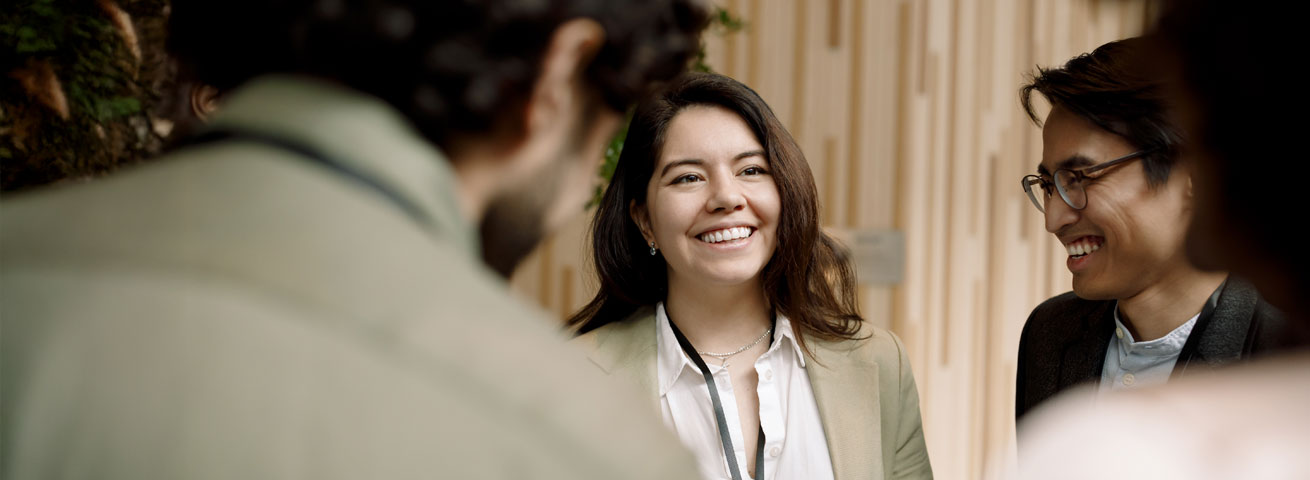An office designed for its locale can say a lot about a particular company and significantly support its brand culture and image. Here are some aspects to consider according to Adrian Davidson, EMEA Head of Design at Tétris:
Reflecting the local culture: An office designed to align with the local culture demonstrates that the company values and respects its surroundings. It can incorporate architectural elements, materials, colours, or patterns that are culturally significant to the local community. By doing so, the company shows its connection to the region and portrays itself as a part of the community.
Emphasising regional identity: Designing an office space that highlights the region’s unique features or landmarks can help create a sense of local pride and identity. It can be achieved through artwork, decorations, or design elements that symbolize the locality. This approach can foster a positive relationship between the company and the community by showcasing a shared sense of belonging.
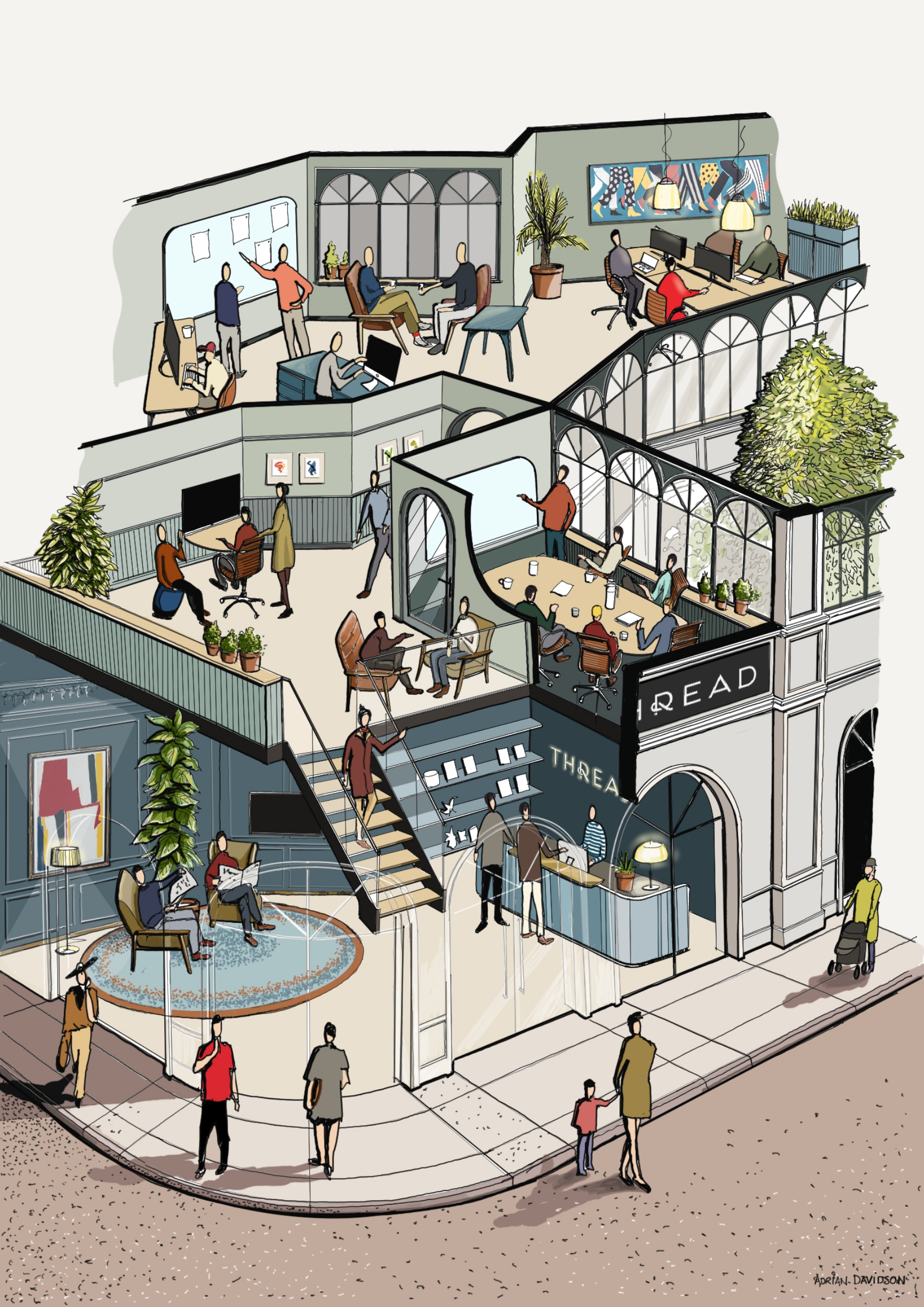
Incorporating natural elements: If the locale is known for its natural beauty, an office design can integrate elements like green spaces, natural light, or views of the surrounding environment. This approach can create a harmonious connection with nature, enhance employee well-being, and align the company’s image with values such as sustainability and environmental consciousness.
Adapting to regional work styles: Different regions may have unique work styles or preferences. Designing an office that accommodates and embraces these practices can show that the company understands and respects local customs. For example, if the locale emphasises collaboration and teamwork, the office layout might prioritise open spaces and communal areas.
Supporting brand culture and image: Consistency with brand values: An office designed for its locale should still align with the company’s overall brand values and culture. While incorporating local elements, it should maintain a consistent brand identity. The design should not compromise the core message, mission, or values that the company wants to convey.
Enhancing employee experience: The office design should consider the needs and preferences of employees. A well-designed workspace can improve productivity, creativity, and employee satisfaction. By creating an environment that aligns with the brand’s culture and supports employee well-being, the company can enhance its image as an employer of choice.
Differentiation and uniqueness: A locale-specific office design can help a company stand out from competitors. It can become a distinctive feature that sets the company apart and reinforces its brand identity. By incorporating elements that are unique to the locale while staying true to the brand, the company can create a memorable and authentic image.
Challenging brand guidelines: Designing an office for its locale may present some challenges to brand guidelines. It requires a careful balance between incorporating local elements and maintaining consistency with the overall brand identity.
When designing an office that embraces and respects different cultures, it’s crucial to avoid certain pitfalls. Here are some key things to avoid:
Stereotyping: Do not rely on stereotypes or generalisations about a particular culture when designing the office. It’s essential to approach cultural representation with sensitivity and avoid creating spaces that reinforce clichés or caricatures.
Cultural appropriation: Be cautious about appropriating elements from different cultures without proper understanding or permission. Appropriation can be offensive and disrespectful, so ensure that any cultural elements incorporated into the design are done so with authenticity and respect.
Lack of diversity and inclusivity: Designing an office that celebrates culture should not focus on just one culture or exclude others. Aim for inclusivity by considering the needs and preferences of a diverse range of employees. Create a space that acknowledges and appreciates multiple cultures, fostering a sense of belonging for everyone.
Neglecting functionality for aesthetics: While cultural aesthetics can add beauty and uniqueness to the office design, it’s important not to prioritise them over functionality. Balance the cultural elements with practical considerations, ensuring that the office remains functional and conducive to work.
Disregarding employee input: Involve employees from various cultural backgrounds in the design process. Their perspectives and feedback can help ensure that the office design is sensitive, inclusive, and aligned with the needs and preferences of the diverse workforce.
Insufficient research and understanding: Before incorporating cultural elements into the office design, conduct thorough research and seek expert guidance if needed. Gain a deep understanding of the cultural significance, symbolism, and appropriateness of the elements you plan to include.
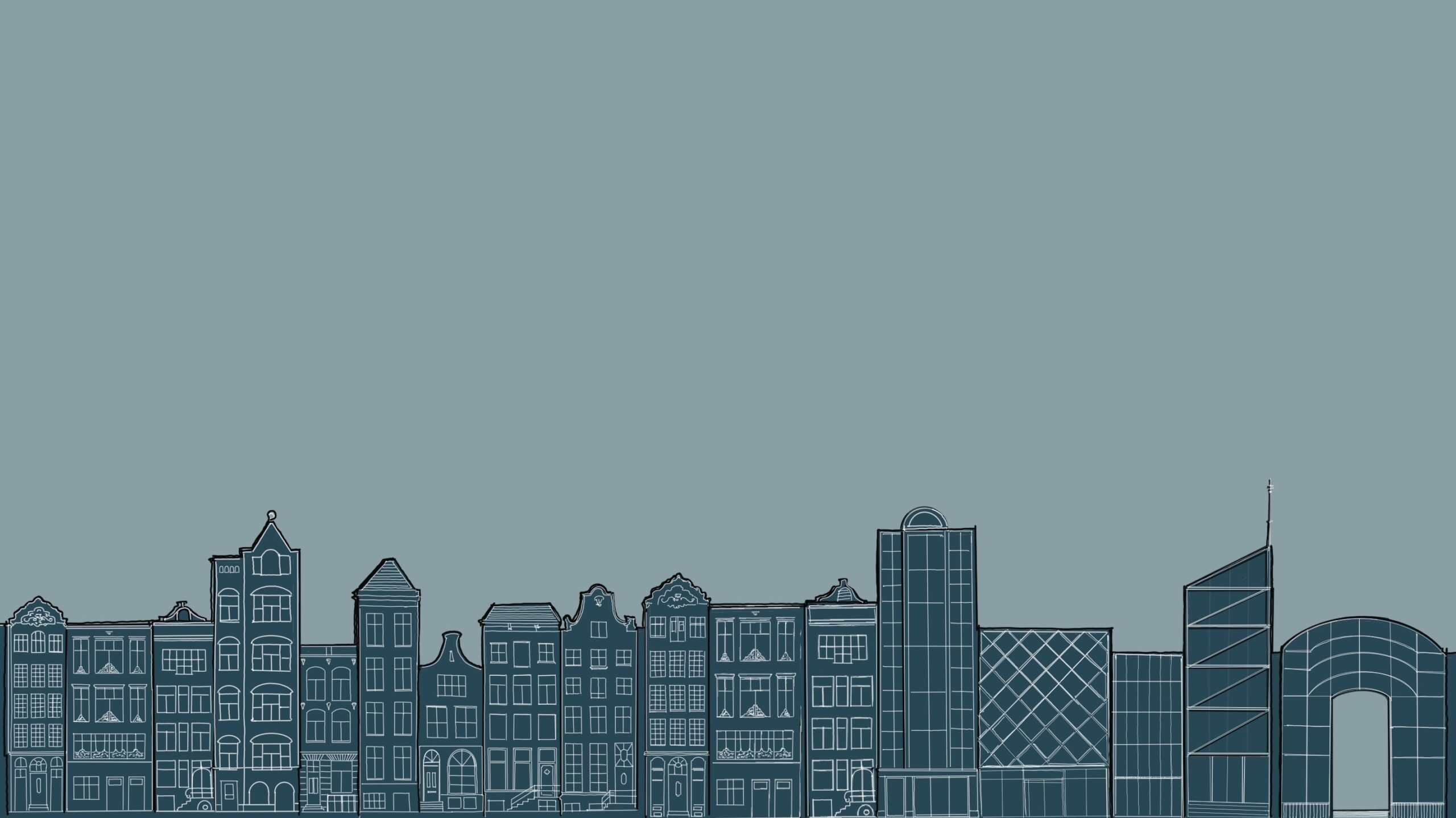
Designing for the locale is something we encourage clients to integrate into a project. Talk to our design experts to find out how we can help make your locale a prominent feature of your workspace design.
